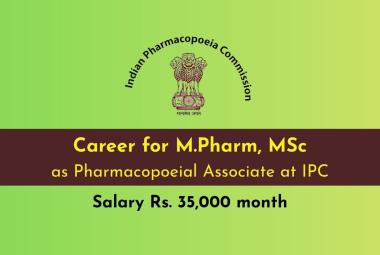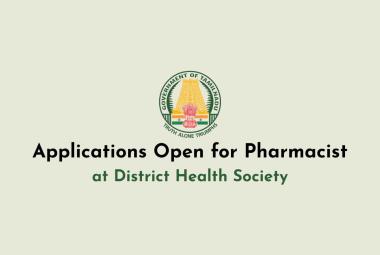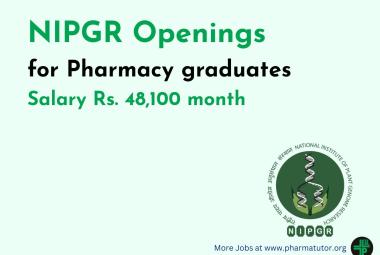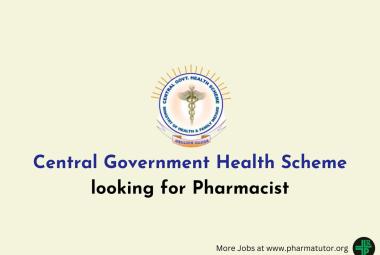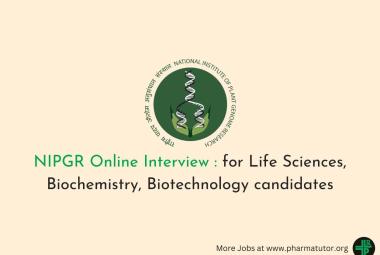IMPACT AND MANAGEMENT TOOL FOR IDENTIFICATION AND REDUCTION OF HUMAN ERRORS IN PHARMACEUTICALS INDUSTRY
{ DOWNLOAD AS PDF }
ABOUT AUHTORS
Suleman S. khoja 1 , Sohil S. khoja 1,
Farhad S. Khoja 2,Shamim Khoja2,Narmin Pirani2
1)Resource person in pharmaceutical quality assurance and Audit Compliance,VAPI 2) Registered Pharmacist , Gujarat
Suleman salim khoja
Email: premukhoja@gmail.com
Scope
Human Error is commonly defined as “a failure of a planned action to achieve a desired outcome”. GMPs clearly state in CFR 211.22 that “[the quality control unit has]…the authority to review Production records to assure that no errors have occurred or, if errors have occurred, that they have been fully investigated.” Let’s analyze this statement. If the FDA expects that errors be fully investigated, it is safe to assume that the term error is NOT a root cause. That’s why it needs to be fully investigated, hence determine the root cause of the human error. In order to successfully achieve this goal, we have to understand how to improve the way we deal with these types of situations. review article accurately how to accurately identify human errors, determine when a deviation or nonconformance requires CAPA, and get started using human performance improvement tools and processes in your organization.


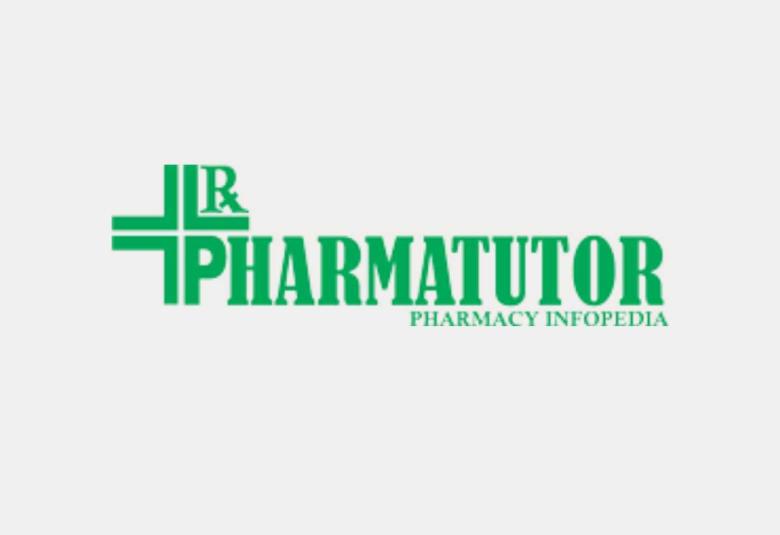
 ABOUT AUHTORS
ABOUT AUHTORS

 ABOUT AUHTORS
ABOUT AUHTORS